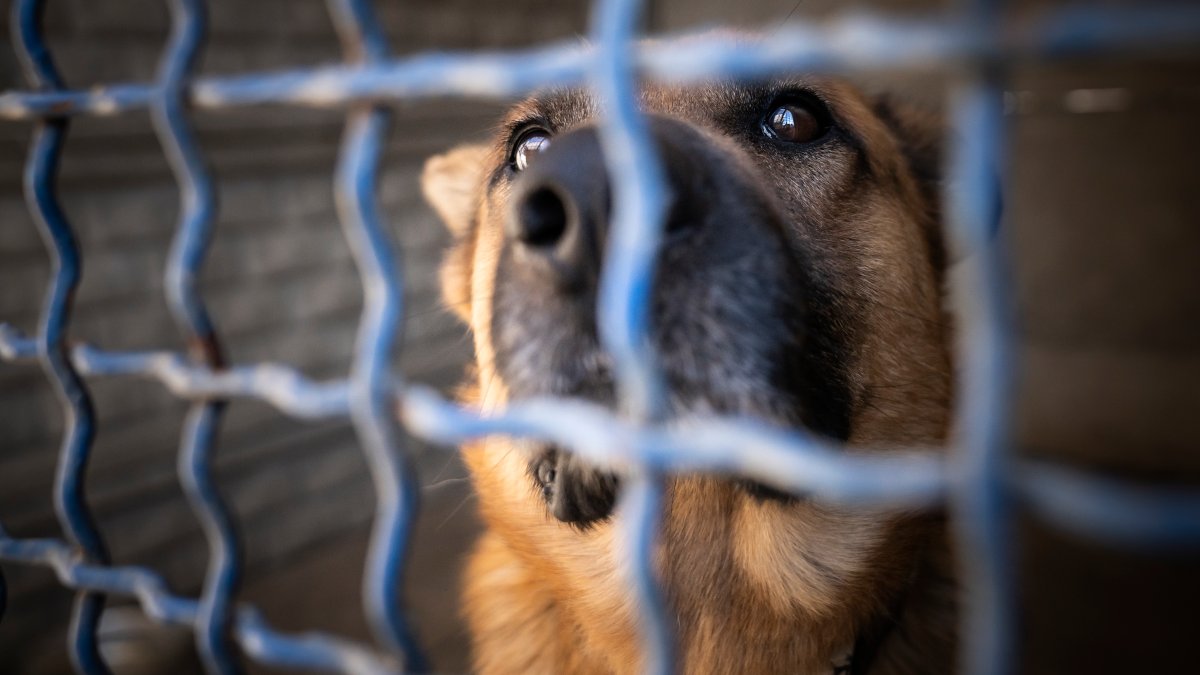The head of Los Angeles Animal Services on Monday explained how a new plan will allow certain animals to be euthanized after a shelter worker was attacked by a pit bull.
Stacey Daines, who was appointed director of Los Angeles Animal Services about a year ago, said she understands that euthanizing some animals “may not be what everyone wants,” but that shortening the time before animals with behavioral or health problems are euthanized would hurt the operations of city-run shelters.
“The animals on this list that are approved for euthanasia are animals that we can no longer safely care for and they need us out of their care. They need adoption, rescue and fostering, but the animals we have are no longer safe to care for,” Daines said.
After a shelter staff member was seriously injured in an attack, Los Angeles Animal Services replaced its “red list,” which set a three-week deadline for euthanizing dogs with health or behavioral problems, with a new “72-hour” list. Currently, shelter dogs have 72 hours to be rescued from a licensed rescue organization before being euthanized if they exhibit dangerous behavior.
Six city-run shelters are home to more than 1,400 dogs but have space for only half of them, forcing some animals to be doubled up in kennels or caged.
“We certainly have some animals that we can interact with wonderfully in our play areas and on our walking trails, but we have to be really conscientious about putting them in a cage for a week or two without ever going outside,” he said. “We absolutely want to save lives, but we can’t put them through constant suffering to do that.”
Volunteers, staff and rescue groups also complain that shelters don’t provide any written guidelines about their policies, which creates confusion.
Daines responded by saying that “more carefully thought out plans” were underway.
“we [a plan] These instructions will be shared with volunteers and local residents in the coming weeks and months, she said.
Daines finally spoke with NBC4 after canceling a scheduled interview, and acknowledged there will be no easy solutions to resolve the overcrowding crisis.
“I think our community has a lot of work to do. Individuals in this community, all of us, have an opportunity to do better, and that includes Animal Services,” Dane said. “There are a lot of ways we can do better, and we do. We’ve been working on it since I’ve been here.”

